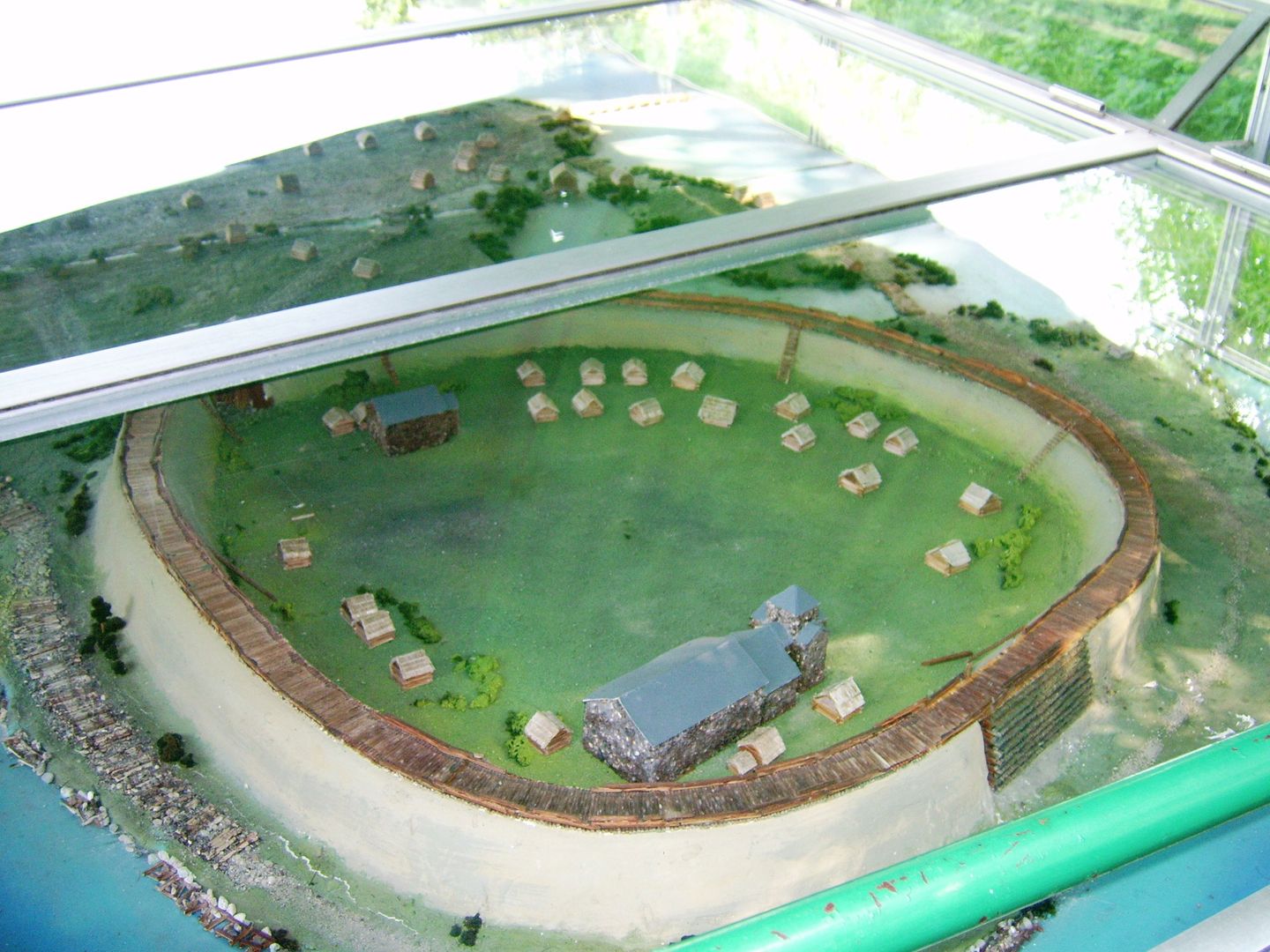Ostrów Lednicki
6.57

Overview
Ostrów Lednicki, the largest of the five islands on Lake Lednica, is a site of immense historical significance for Poland, considered the probable location of the Baptism of Poland. The island, which served as an administrative and defensive center during the reigns of Mieszko I and Bolesław the Brave, preserves the relics of one of the oldest palace-sacral architectural complexes in Poland, including a cemetery church with graves and a palace with a chapel, both dating back to the 10th century. Ostrów Lednicki has been inhabited since the Neolithic period, with the first written mentions appearing in a bull issued by Pope Innocent II in 1136. During its peak, the island featured roads, fortifications, and dwellings, and the settlement persisted until the 13th–14th centuries. The invasion by the Czech prince Bretislav I in 1038 severely damaged the stronghold, and despite subsequent rebuilding, it never regained its former prominence. Archaeological excavations, which began on the island in the 19th century, led to the discovery of the largest early medieval cemetery in Poland, highlighting the site's national importance. In the 1960s, the ruins of the stronghold church were restored, and in 1983, a research team was established to focus on conservation efforts. Wooden bridges leading to the stronghold, considered among the largest early medieval structures of their kind in Europe, were also uncovered on Ostrów. The island houses rich archaeological collections, including unique liturgical objects such as a staurotheca and an ivory comb. The chapel with baptismal basins and the palace, both built in the 10th century, remain symbols of early medieval architecture. Additional attractions include discoveries proving military presence on the island, as well as fascinating evidence of the material culture of the era's societal elites. Designated a Historic Monument in 1994, Ostrów Lednicki is not only a site with a rich past but also a central element of Polish cultural heritage, serving as the backdrop for numerous literary and artistic inspirations, including Józef Ignacy Kraszewski's novel "Stara baśń" (An Ancient Tale).
Location
You can also find here:
2025 Wizytor | All Rights Reserved
